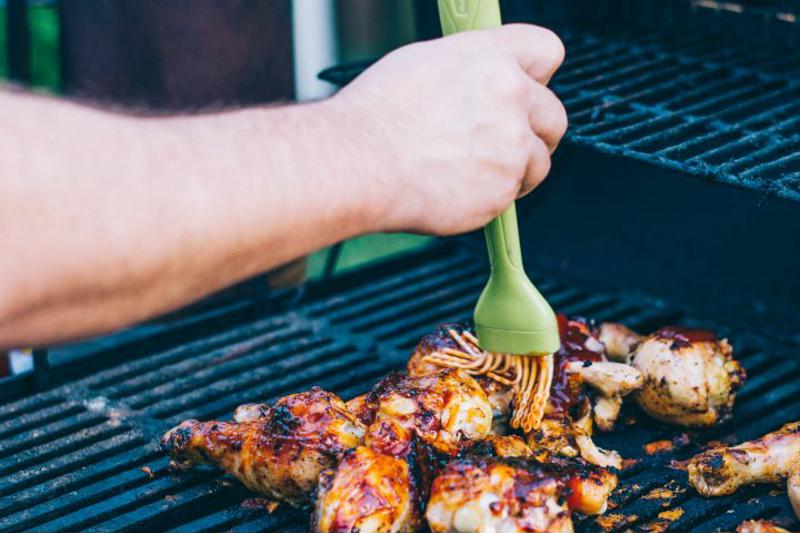Cowboys have played an important role in America’s culinary traditions dating back to the 1700s. Someone needed to herd cattle and take care of livestock – those duties fell on the sturdy shoulders of cowboys and ranchers.
When the demand for beef increased after the Civil War, the need for cowboys did too. It was their job to herd longhorn cattle toward railroad depots where cattle would be purchased for meatpacking companies, according to History.
While cowboys were helping Americans get their fix for a good, juicy steak, those riding horseback needed to eat, too. When they were hungry, they either needed to prepare dinner themselves or look around for the nearest chuck wagon. The lessons they learned in their journeys can be applied to any culinary student’s curriculum.
How cowboys cook
How do you cook on the open plain? In short, simply.
There are no grocery stores, and it’s unlikely you’ll happen upon a farmer’s market where you’ll find fresh produce. You don’t have much space to carry around fancy ingredients, much less heavy cooking equipment.
Cowboy cooking is often one-pot cooking – or no-pot cooking, if you have a steak to grill. You’ll need a fire and a Dutch oven, a cast iron skillet or a grate for grilling. Or, if you’re the cook with a chuck wagon (“chuck” is slang for food), you might have a stove to help things along.
 Cowboy cooking is typically done outdoors with simple ingredients.
Cowboy cooking is typically done outdoors with simple ingredients.Kent and Shannon Rollins are a husband-and-wife team who spend their days driving their chuck wagon across ranches to feed hungry cowboys. On the menu are coffee, beans, stew, peach cobbler and other simple yet tasty meals they make in their 30-year-old cast iron stove named Bertha, according to CBS News.
Kent noted that creativity and learning how to make something out of nearly nothing are important to cowboy cooking. He explained how he made a meal during a Texas blizzard when all he had to work with were potatoes.
“Dug around there and found me a bottle of Sprite sittin’ over there under the table that one of them cowboys had,” Kent told CBS. “I thought, I bet you can’t fry with it, but I bet you can bake with it. I knew it was a keeper.”
The result was Sparklin’ Taters, a recipe Kent later published in his cookbook, “A Taste of Cowboy.”
Lessons from the chuck wagon
In most restaurants, equipment and ingredients are plentiful. However, that doesn’t mean professional chefs can’t utilize some lessons to be learned from the cowboy lifestyle.
Know your staples
Cowboy cooking often relies on a very select list of ingredients: flour and water for hardtack, biscuits, pancakes and the like. Sugar adds some sweetness. Stews are made with celery, onions and canned beans, along with meat. Making multiple meals from very similar ingredients means you get to know the range of flavors you can bring out in each – a skill any good chef should work to refine.
Don’t be afraid to experiment
As highlighted by Kent’s creation of Sparklin’ Taters, cowboy cooking isn’t always predictable. Sometimes, you have a limited set of ingredients and you have to get creative. This might mean cooking with new ingredients you or your customers might not be used to. Sonofagun Stew, for example, includes calf heart, liver, sweetbreads, brains and marrow gut, according to the Art of Manliness. Daring? Yes. Tasty? It could be – if you know how to treat each ingredient.
Know your equipment
Cowboy cooking requires multi-use equipment. You can make stew, beans, biscuits, cobbler and much more in a Dutch oven. Cowboys know what their equipment can do and what it can’t. Chefs, too, need to identify the equipment that’ll be their most trusted tools in the kitchen. The more chefs get to know these pieces, the more creative they can get.
Cowboy cooking is simply one tool in the toolkit a student gains in a well-rounded culinary program.
You may also want to read:



